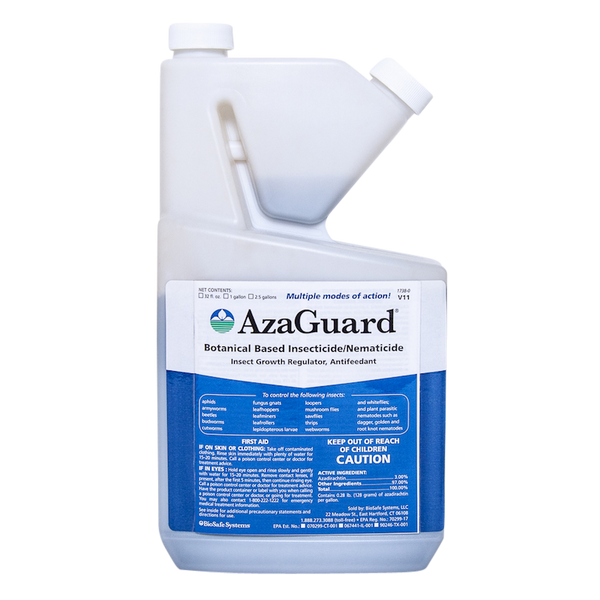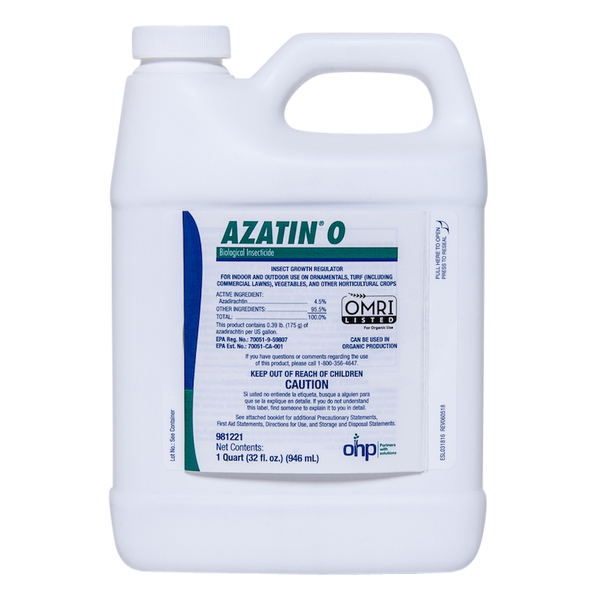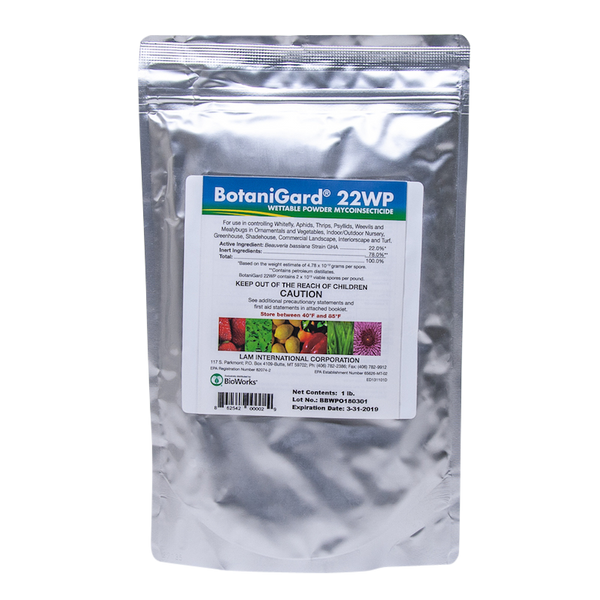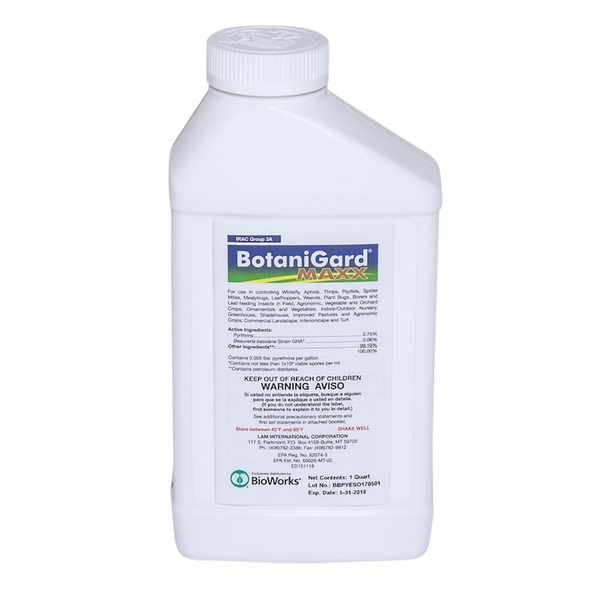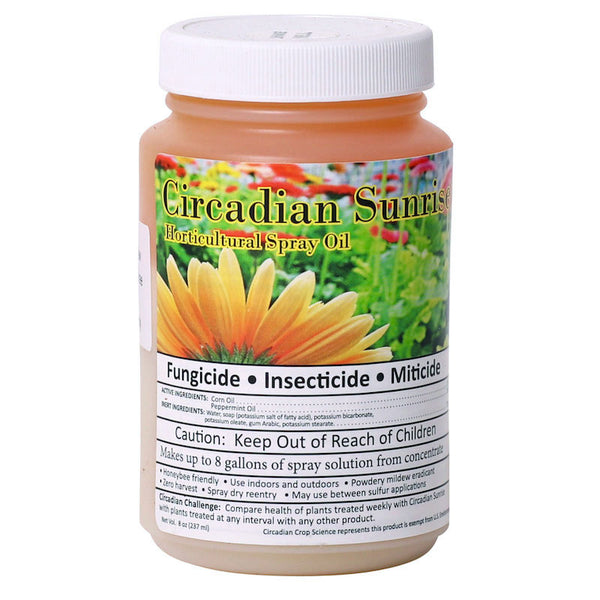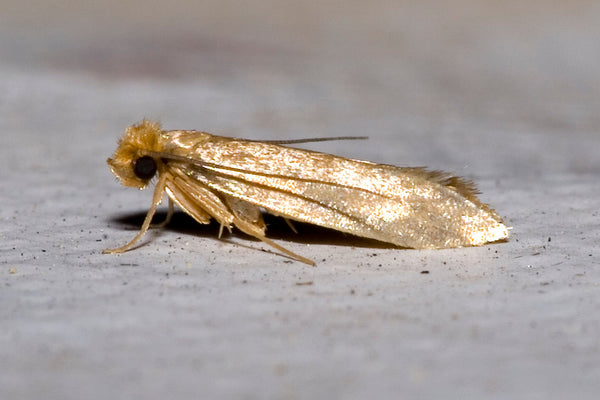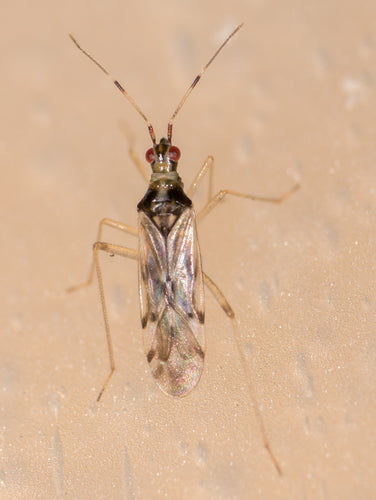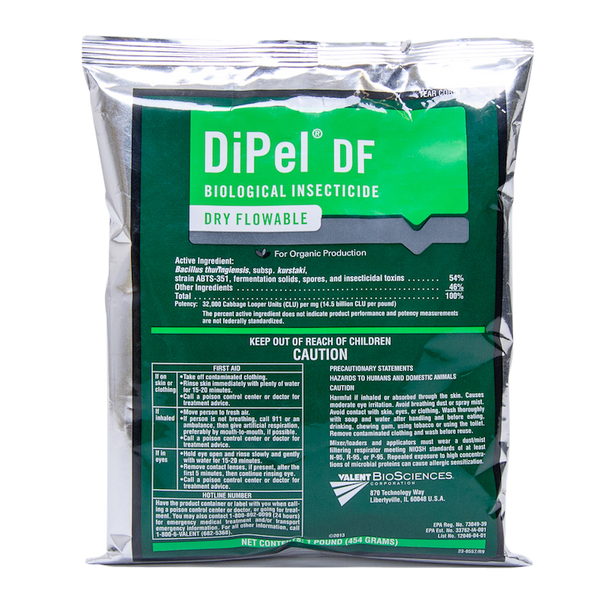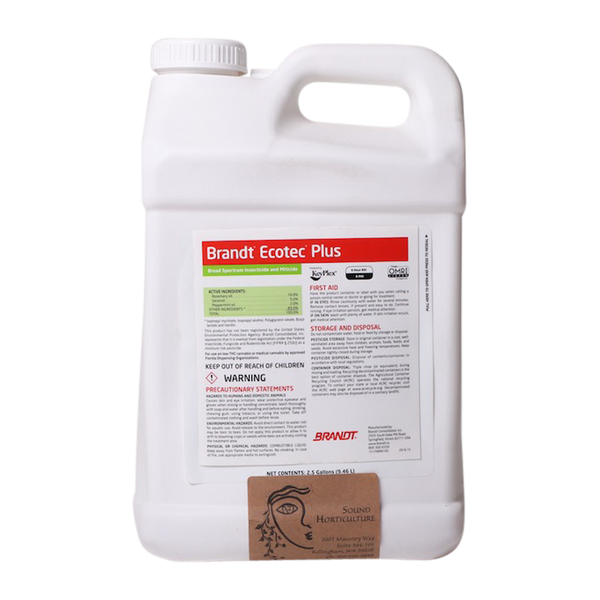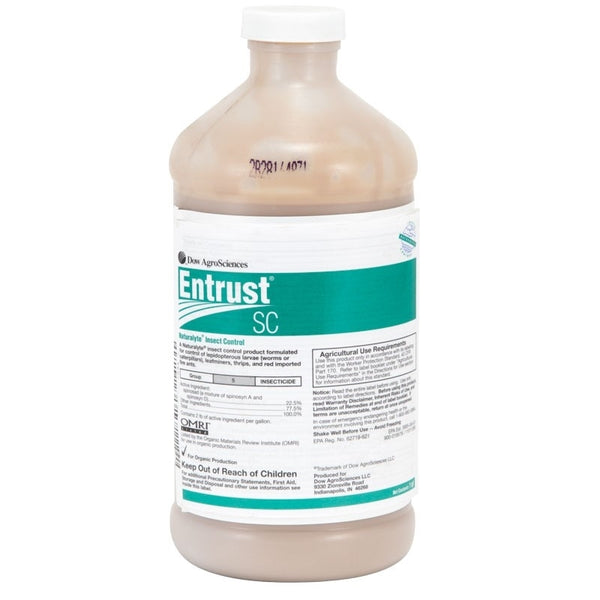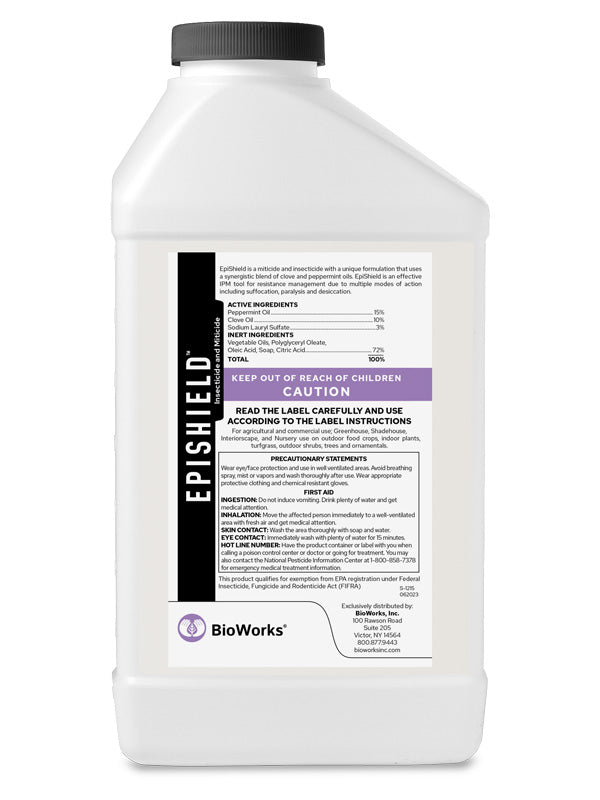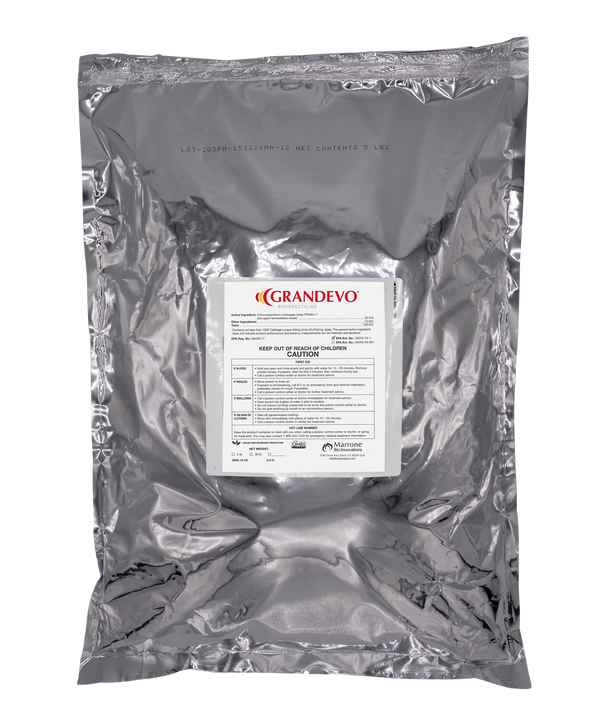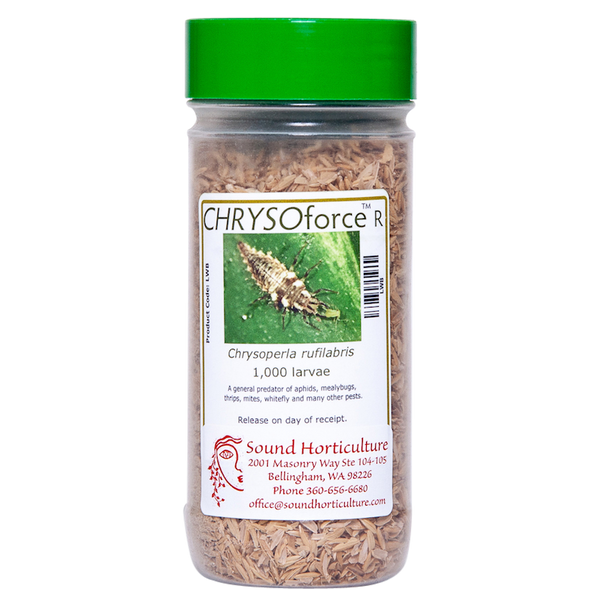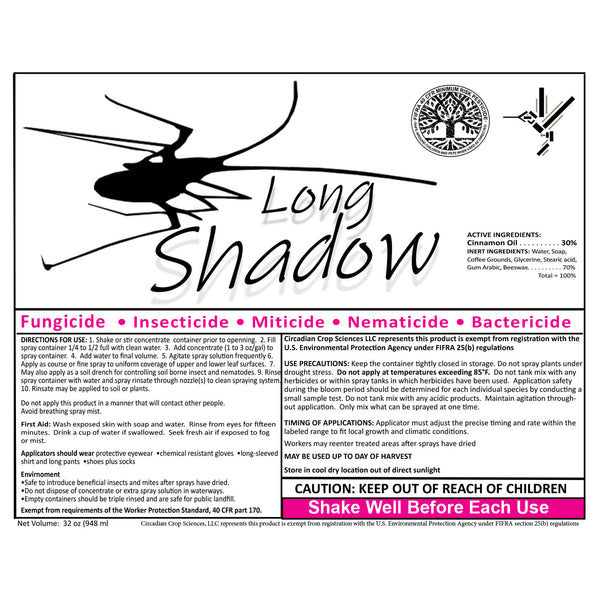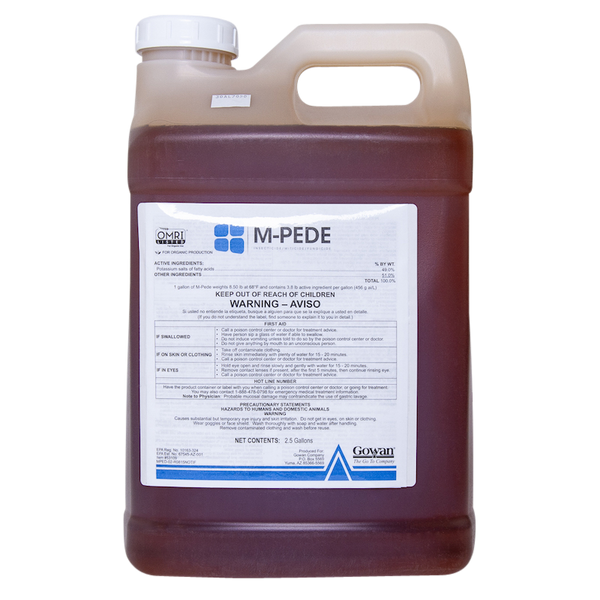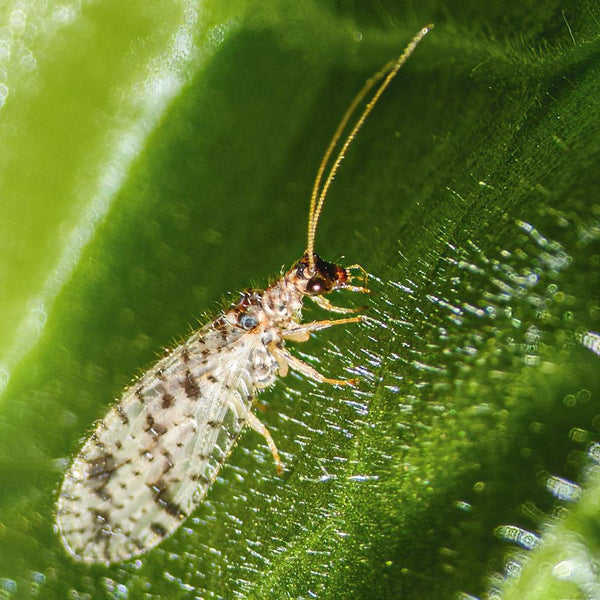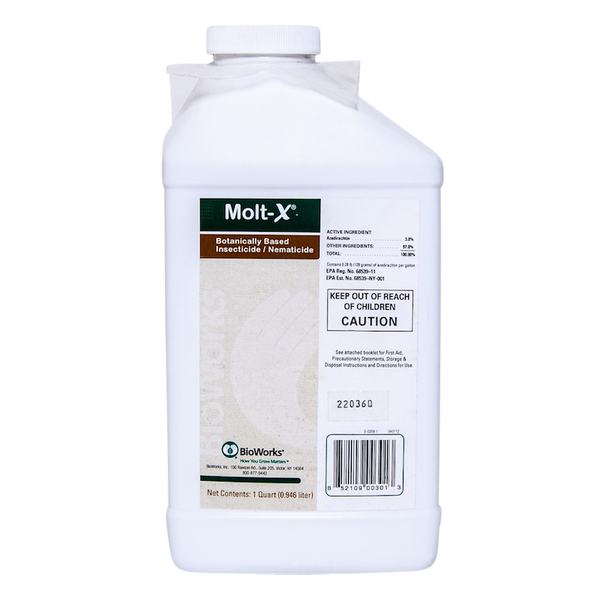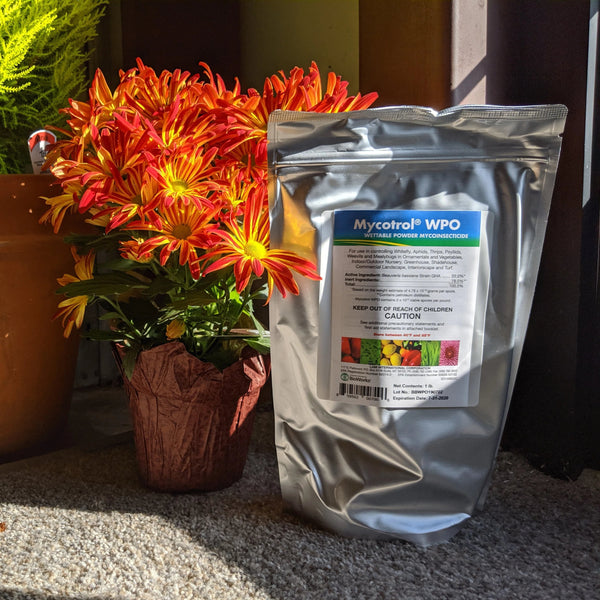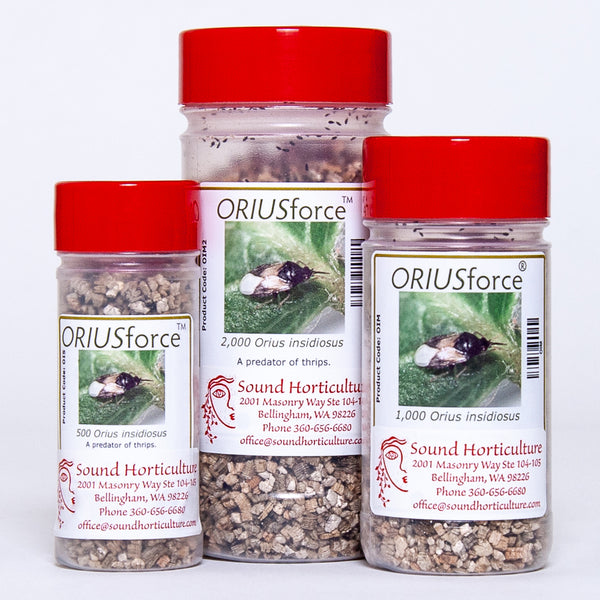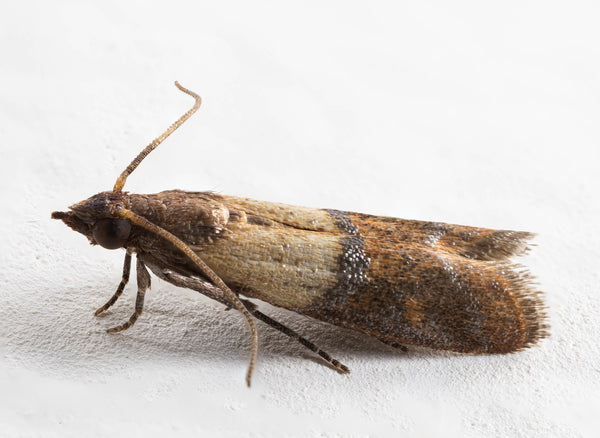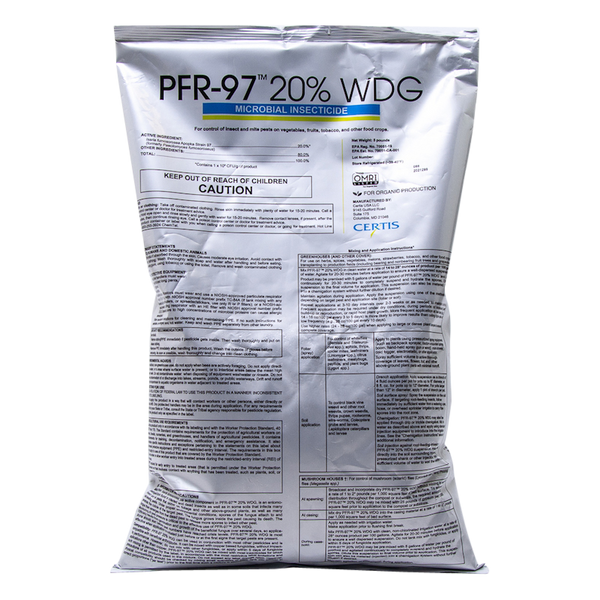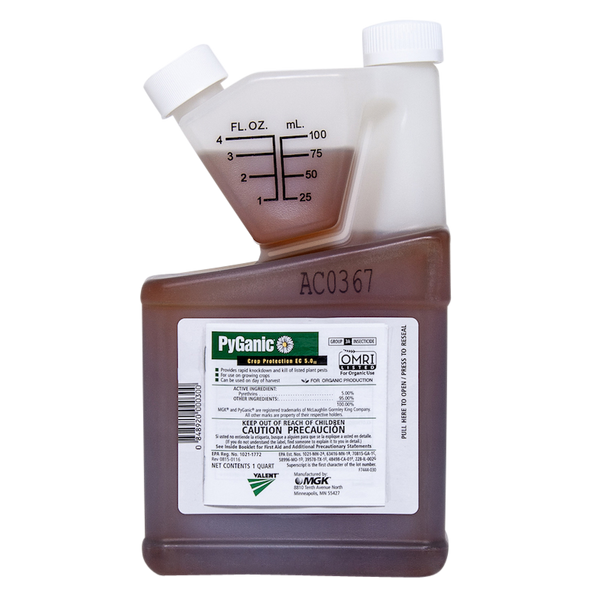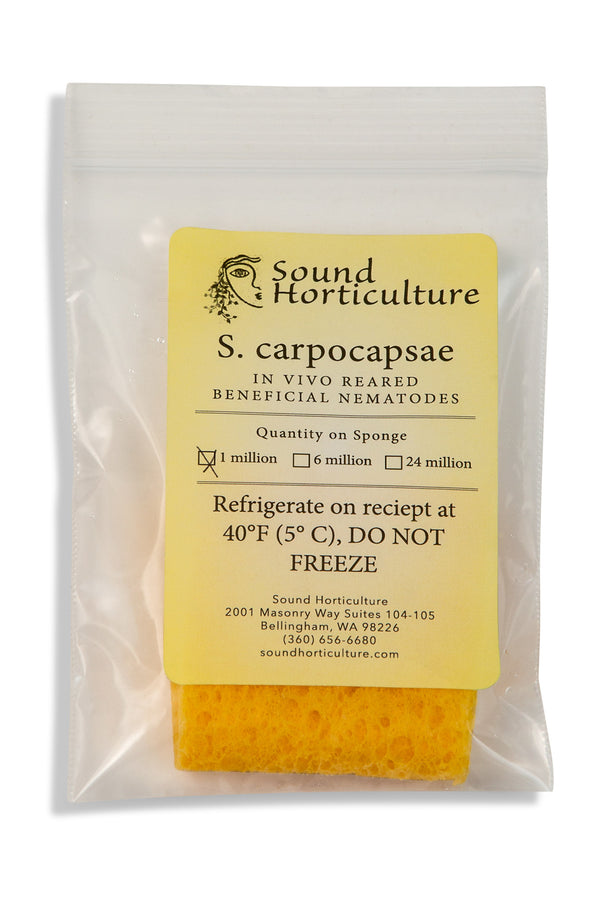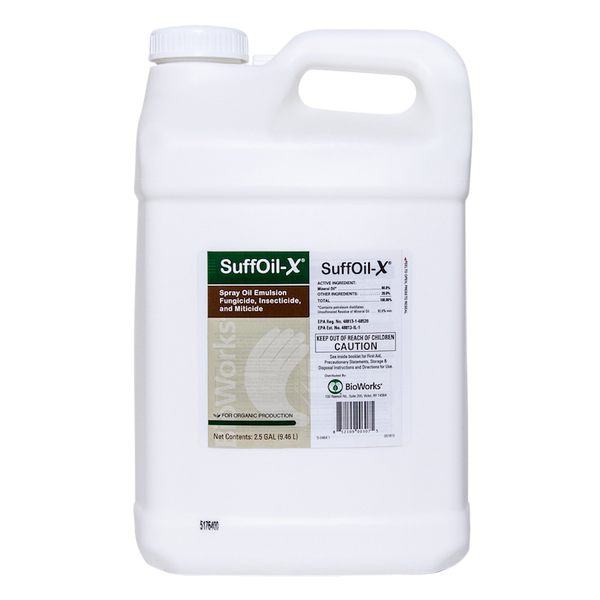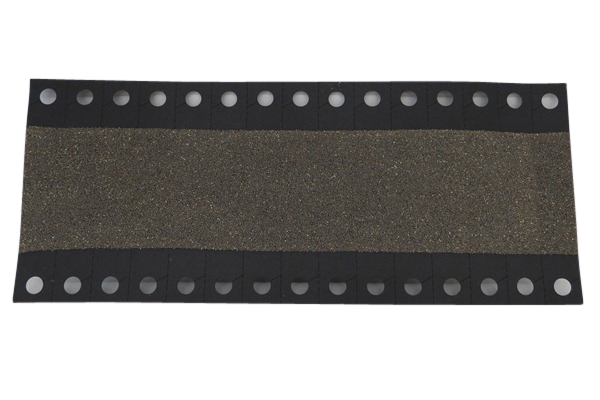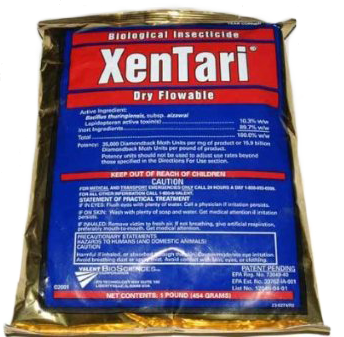Caterpillar Control
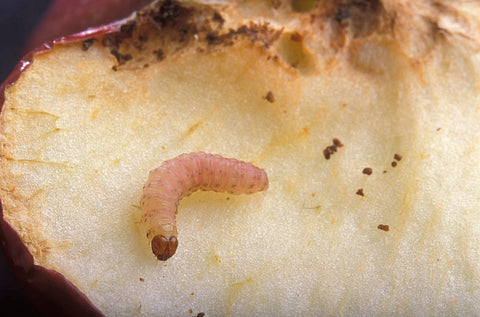
-
Caterpillars are soft bodied, segmented larvae, pale green or other colors, depending on the species. Most are the larvae of various species of moths; the imported cabbageworm is the larvae of the white cabbage butterfly. Cabbage loopers (Trichoplusia ni), codling moths (Cydia pomonella), and other caterpillars may become serious pests in both greenhouses and row crops systems if their numbers are allowed to build up. Caterpillars feed on leaves and when they are numerous can eat relatively large amounts of leaf area and damage fruit.
BEET ARMYWORM BEET WEBWORM CORN EARWORM EURASIAN HEMP BORER
Always obtain an accurate diagnosis and ensure you are using good cultural and sanitation practices. Local extension offices will generally be able to identify your pest. Additionally, feel free to send us images and we will do our best to assist you.

 Identifying the species of caterpillar you are seeing in your farming system is key. Try using traps to monitor and identify the pest – Sound Horticulture offers over 300 specific traps and lures, many of which are designed for the Lepidopteran family (see
Identifying the species of caterpillar you are seeing in your farming system is key. Try using traps to monitor and identify the pest – Sound Horticulture offers over 300 specific traps and lures, many of which are designed for the Lepidopteran family (see 